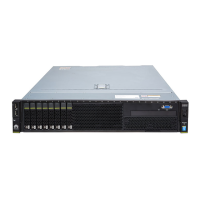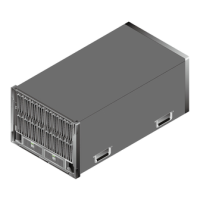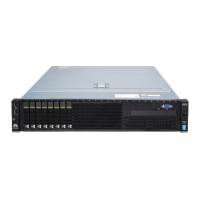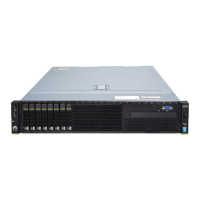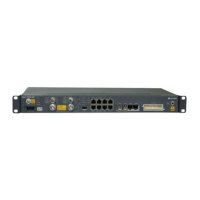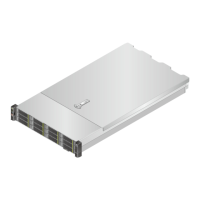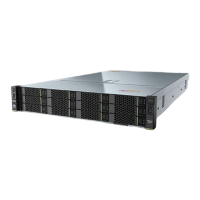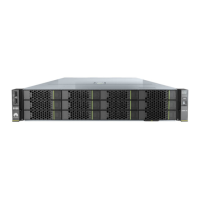l You can configure two rear 2.5-inch or 3.5-inch hard disks in position 1 shown in Figure
2-3. The hard disks are numbered A0 and B0 from top to bottom.
l You can configure one riser card and two rear 2.5-inch hard disks, or two rear 3.5-inch
hard disks on I/O module in position 4 shown in Figure 2-3. The hard disks are
numbered A1 and B1 from top to bottom.
I/O module supports only one riser card if the server with dual-CPU configuration is not
equipped with rear hard disks. One riser card provides two or three PCIe slots.
l You can configure a GE or 10GE flexible NIC in position 16 in Figure 2-3.
l The rear hard disks in position 18 shown in Figure 2-3 are numbered as follows:
– Numbered 24 to 35 from top to bottom and from left to right when the server is
equipped with one RAID controller card
– Numbered 0 to 11 from top to bottom and from left to right when the server is
equipped with two RAID controller cards
Figure 2-4 shows the rear panel of a 5288 V3 with four NVMe PCIe SSDs.
Figure 2-4 Rear panel of a server with four NVMe PCIe SSDs
1 Rear hard disk 2 Hard disk fault indicator
3 Hard disk activity indicator 4 PCIe slot
5 UID indicator 6 USB 3.0 port
7 I/O module 8 Data transmission status indicator
9 Connectivity status indicator 10 VGA port
11 Serial port 12 PSU port
13 PSU indicator 14 PSU 1
15 NVMe PCIe SSD yellow indicator 16 NVMe PCIe SSD green indicator
17 PSU 2 18 NVMe PCIe SSDs (numbered 32 to 35
from left to right and from top to
bottom)
5288 V3 Server
User Guide
2 Product Overview
Issue 26 (2018-11-19) Copyright © Huawei Technologies Co., Ltd. 9
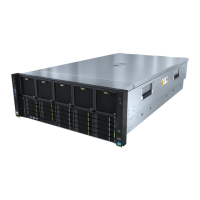
